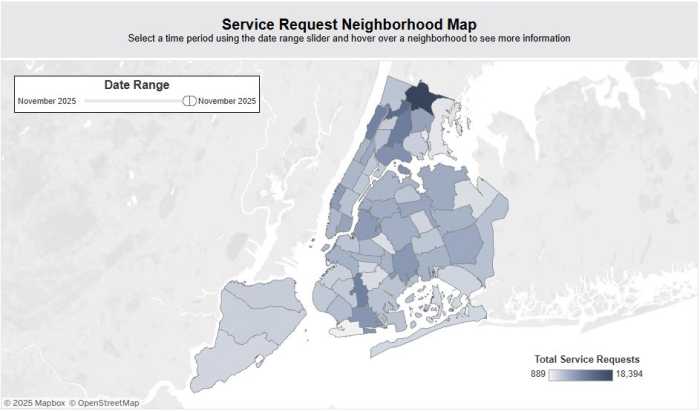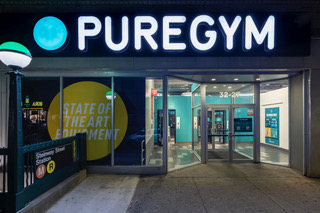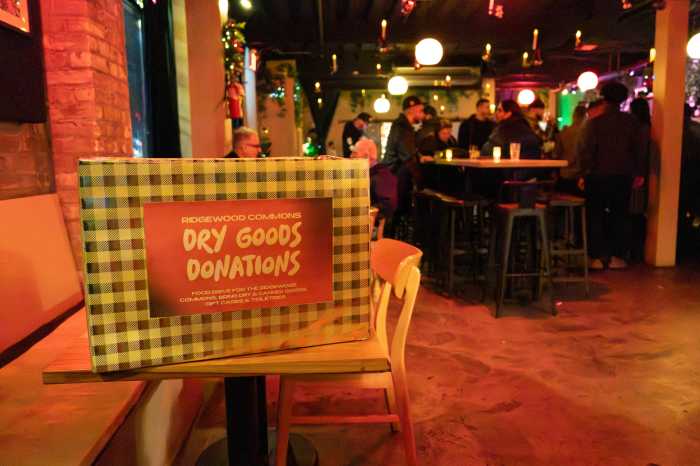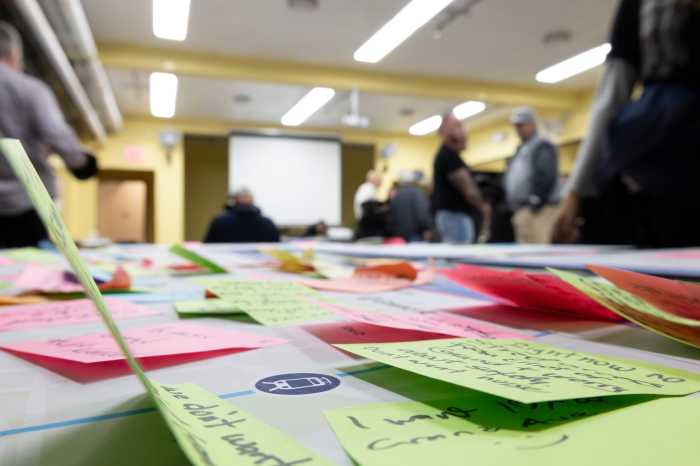It’s going to be one “L” of a repair job.
Representatives from the MTA presented a rundown of the extensive damage done to the nearly 100-year-old Canarsie Tunnel caused by Superstorm Sandy back in 2012, the work that needs to be done to repair it, and the viable options on how to get it done.
It is well known that Superstorm Sandy dumped 7 million gallons of saltwater into the L train‘s Canarsie tube, damaging the 7,110-foot tunnel lining and its vital infrastructure and systems, such as the track and electrical equipment.
Although the tunnel is currently safe to use, full repairs need to be made before it deteriorates further and becomes dangerous.
“We’ve gone in and made some repairs, but we cannot continue to just put Band-Aids on this,” Judy McClain, senior director of Rail Service Planning with the MTA, told the members of Community Board 5’s (CB 5) Transportation and Public Transit committees during their joint meeting on July 19. “We need to ensure the safety of this tunnel — right now we believe it’s safe based on the extensive repairs that we’ve made — but we want to continue to have it safe. The only thing worse than doing what we’re going to plan to do, is to have it happen in an unplanned fashion. So we really need to move on this.”
The MTA needs to install 14,400 feet of new tracks and 15,800 feet of the third rail, reconstruct 30,126 feet of the concrete duct bank — which houses and protects communication, power and signal cables — repair the pump rooms and two circuit breaker houses, replace communication, power and signal cables, install a new tunnel lighting system,and repair the concrete lining of the tunnel and the fire protection system.
In order to get this work done, the MTA has presented two options: a full closure of the tunnel for a year and a half, which will last from January 2019 to July 2020, or to close the tunnel one track at a time for a three-year period from January 2019 to December 2022.
“In addition to the repairs, just to make the tunnels sound and safe, we are actually going to be adding new capacity through the line by adding new substations,” McClain said. “We are going to be building three new substations that will enable us to run more trains and improve service.”
Along with more trains, the MTA will also be making station improvements including accessibility and capacity upgrades.
Bedford Avenue will be getting two new street-level stairways, platform stair capacity upgrades, an expanded mezzanine, new elevators and turnstiles, all at the Bedford Avenue entrance. At the Driggs Avenue entrance there will be two new street stairways, a redesigned mezzanine area, new platform stairway and turnstiles.
The members of the Transportation and Public Transit committees all agreed that the best option would be to shut the line down for a year and a half, get the work done, and get service running again as quick as possible.
“It’s a Band-Aid, you’ve got to just rip it off, get it over with and get it done,” said Richie Huber of CB 5.
The MTA has been invited by the local elected officials to hold a public meeting in Queens, and are looking to do that in September.





































